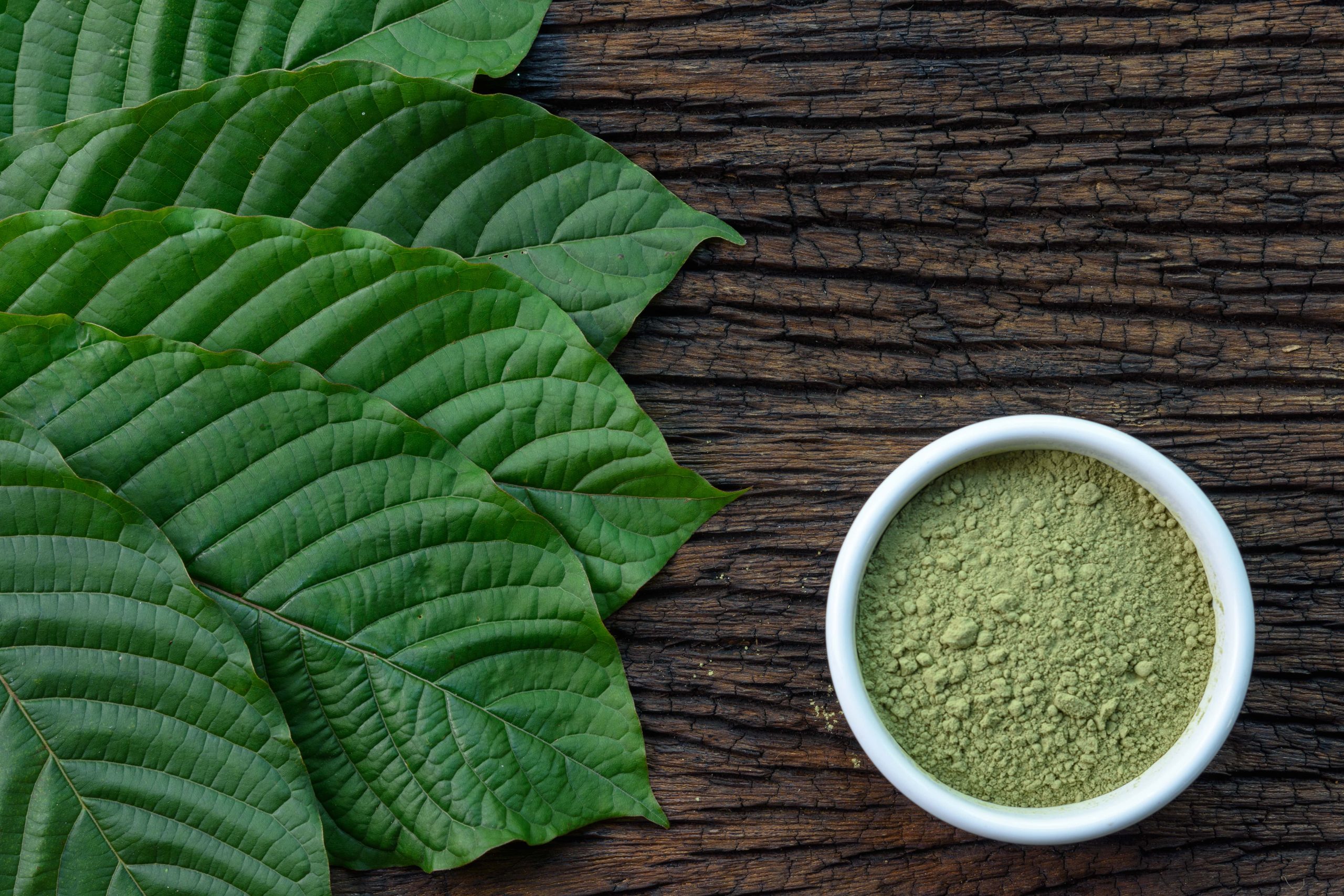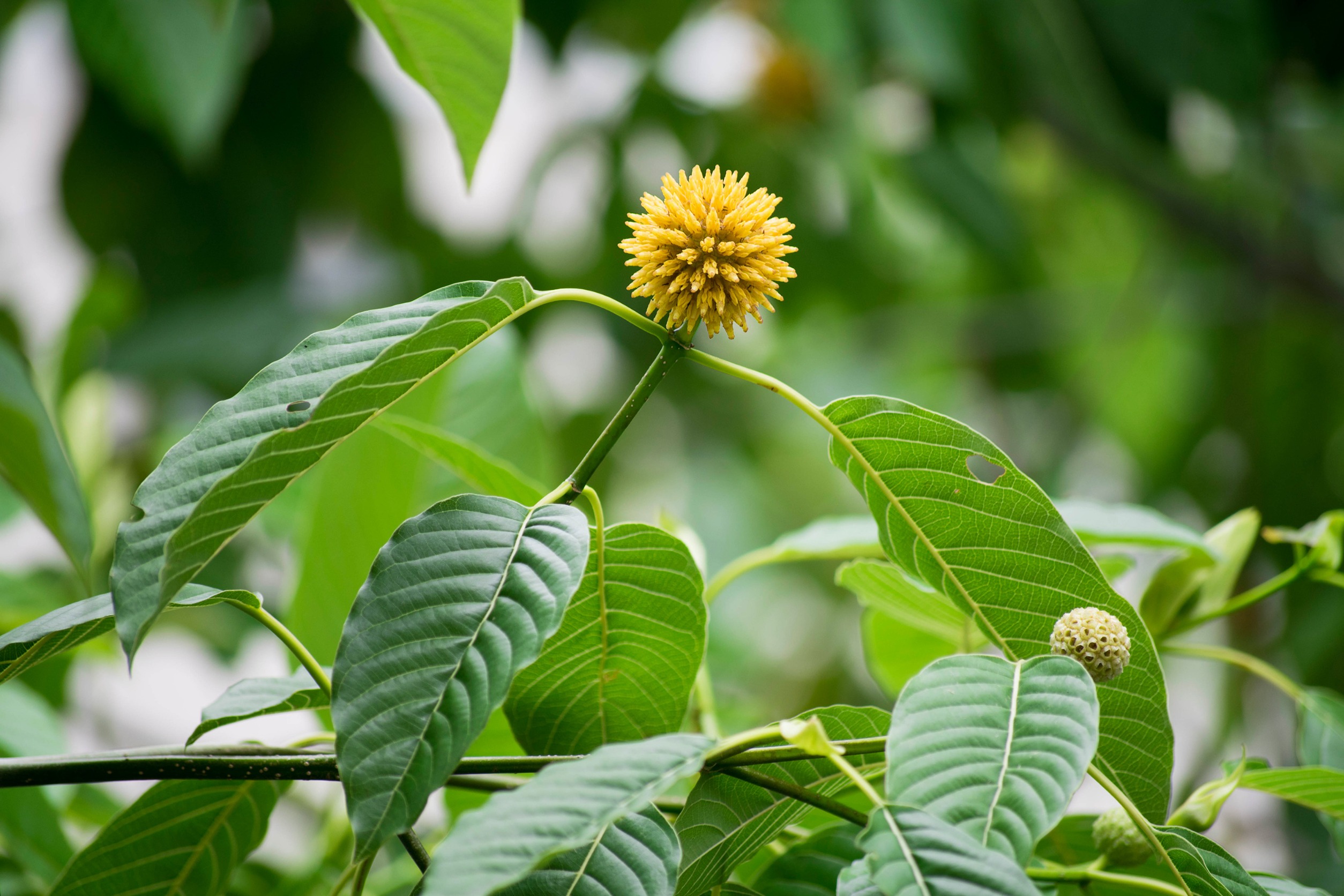Potters Ace Hardware: Your Destination for Top Lawn Care Products
Elevate your lawn care routine with Potters Ace Hardware’s curated selection of top-tier products. Whether you’re battling stubborn weeds, nurturing your plants, or enhancing your garden’s aesthetic, our store in Cookeville, TN, is your one-stop destination for all things lawn care. As part of the Ace Hardware family, Potters Ace Hardware is committed to providing personalized service and high-quality products to help you achieve the lush, vibrant lawn of your dreams. Visit us today and let our experts guide you in selecting the best products for your outdoor space.
John Doe, manager of Potters Ace Hardware, Cookeville, TN, highlights the importance of using the right products to maintain a healthy and beautiful lawn throughout the year. “We believe in empowering our customers with knowledge and access to the best lawn care products available,” he says.
Scotts Turf Builder Weed & Feed Lawn Fertilizer
This innovative product combines weed control and lawn nourishment in one. Scotts Turf Builder Weed & Feed uses WeedGrip Technology to target over 50 types of weeds, including clover and dandelion, while enriching your grass with essential nutrients. Ideal for various grass types, this phosphorus-free formula ensures your lawn remains thick and healthy. Apply when weeds are actively growing for best results.
“For anyone looking to tackle weeds while boosting lawn health, this is a must-have,” says John Doe. “It’s a versatile solution for multiple grass types, making it perfect for our community’s diverse lawns.”
Miracle-Gro Moisture Control All Purpose Potting Mix
This potting mix by Miracle-Gro is perfect for ensuring your potted plants flourish. With its AquaCoir Formula, it retains more moisture than typical potting soil, preventing over and under-watering. It feeds plants for up to six months, promoting twice the growth of unfed plants. Ideal for flowers, shrubs, and vegetables, this mix is a gardener’s best friend.
“Miracle-Gro’s potting mix is a staple for our gardening customers,” notes John Doe. “Its moisture control capabilities make plant care significantly easier and more effective.”
Roundup Dual Action Weed and Grass Killer
Roundup’s Dual Action formula not only kills existing weeds but also prevents new ones from sprouting for up to four months. This product is effective on driveways, sidewalks, and patios, creating an invisible barrier against unwanted growth. It works best in warm, sunny conditions and is rainproof after just 30 minutes.
“Roundup’s ability to prevent weed regrowth makes it a favorite among our customers,” says John Doe. “It’s a reliable solution for maintaining clean and weed-free outdoor spaces.”
Ortho Home Defense Insect Killer
Protect your home from pesky insects with Ortho Home Defense. This product provides up to 12 months of protection on indoor surfaces. Its clear, fast-drying formula is easy to apply with the Comfort Wand, ensuring an effortless and fume-free application. Use it both indoors and outdoors to safeguard your home against a variety of bugs.
“Ortho Home Defense offers long-lasting protection without the hassle,” John Doe states. “It’s a go-to solution for families looking to keep their homes bug-free.”
Scotts Nature Scapes Deep Forest Brown Mulch
Enhance your garden’s appearance with Scotts Nature Scapes Mulch. This mulch retains its vibrant color throughout the year, thanks to Color Guard technology. It effectively suppresses weeds and conserves soil moisture, making it an excellent choice for landscaping around trees, shrubs, and flowers.
“The deep forest brown color of this mulch adds a rich aesthetic to any garden,” John Doe comments. “It’s not just about looks; it also supports local production and quality standards.”
For all things Ace Hardware, please visit acehardware.com.


























